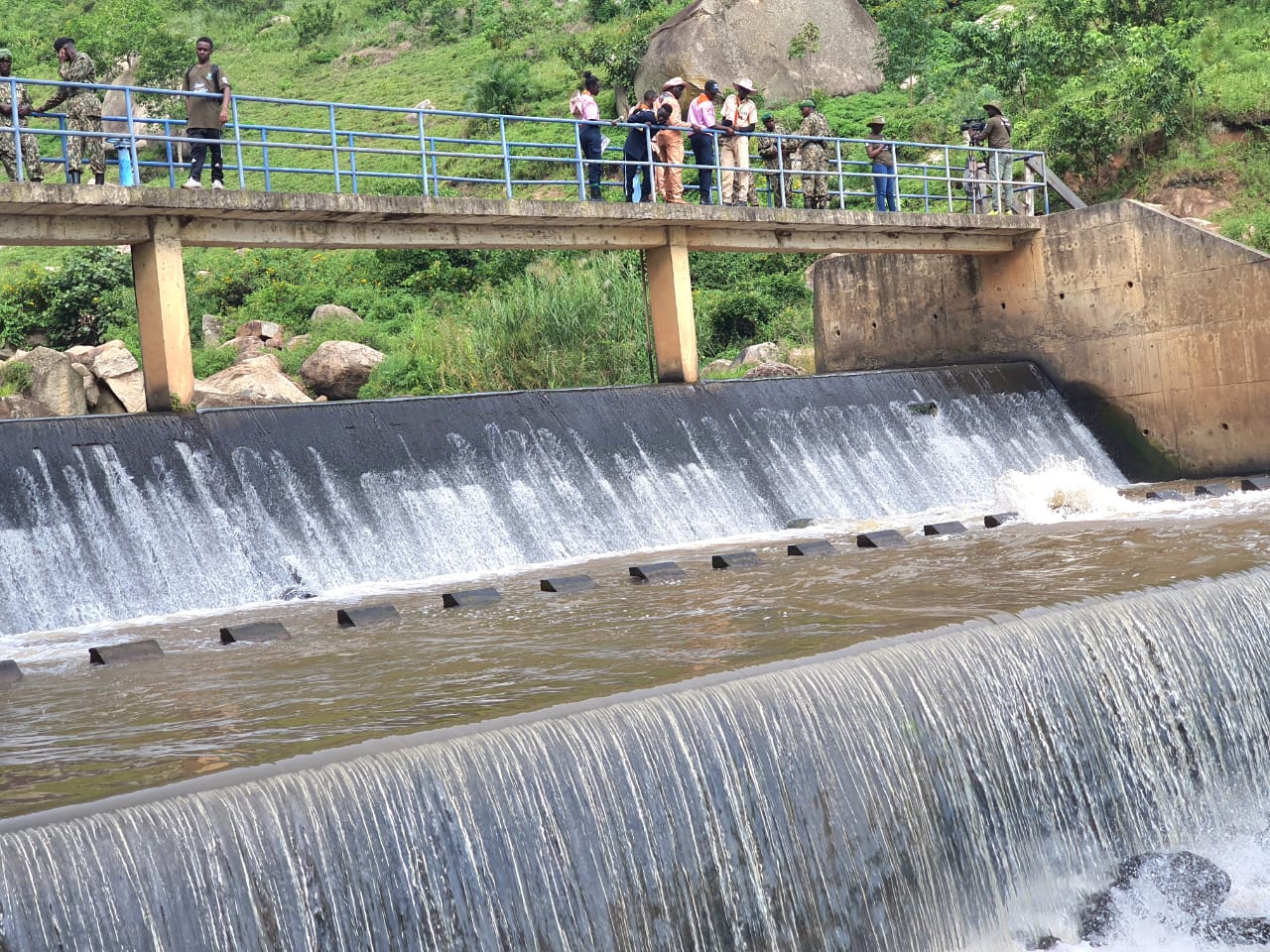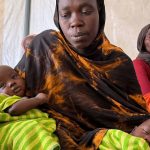Steven Too, a forty-year-old father of two from Kopkuchai Village in Nandi County, stands as a determined guardian of the River Kibos catchment area.
Owning 45 acres of forest land that houses the river’s catchment point, Too faces significant challenges in preserving this crucial water source.
He reveals that continuous threats from people looking to cut down trees have adversely affected the water levels in the underground sources of the river.

Too points out that another major issue is the upstream abstraction of water for planting arrowroots, which require substantial amounts of water.
This redirection of water severely reduces the flow from the river’s main source.
“To protect what is left of our forest, we monitor it regularly to ensure community members do not cut down trees for firewood. Additionally, we are planting more indigenous trees to increase the tree cover and avoid planting near the river to prevent contamination,” Too explained.
Water and Sanitation PS Julius Korir flagged off the 3rd edition of the Journey of Water Campaign along River Kibos in Nandi County.
This annual national campaign underscores the need to protect and preserve key water sources, including catchments and rivers.
Korir highlighted that about 40 per cent of the Kenyan population lacks access to safe drinking water, while less than a third (29 per cent) have access to fundamental sanitation facilities.

Moreover, 9.9 million individuals rely on contaminated surface water sources.
Korir pointed out the challenges of illegal water abstractions and riparian encroachment, exacerbated by climate change, which increases competition and conflicts around water use and access.
The PS also noted that as part of the global community, Kenya has joined the ‘Fresh Water Challenge,’ the world’s largest initiative to restore degraded rivers, lakes, and wetlands.
“This challenge aims to ensure the restoration of 300,000 kilometres of degraded rivers and 350 million hectares of degraded wetlands by 2030, as well as to protect freshwater ecosystems,” he said.
In conclusion, Korir urged community members to join hands through the ‘Journey of Water Campaign’ to create awareness and appreciate the journey water takes to reach our taps, along with the various socioeconomic benefits derived from rivers.
On his part, WWF-Kenya CEO Mohammed Awer emphasized the precious nature of water in Kenya, “a country experiencing rapid population and economic growth, alongside the rising demand for freshwater.”

Underlining the importance of the annual Journey of Water campaign, which involves all stakeholders in catchment conservation, from water sources to taps, Awer stated that with nature under threat, we must protect and conserve our freshwater sources.
“Losing our rivers, lakes, and wetlands means losing the water that sustains us, our agriculture, our wildlife, and our economy. Water does not just come from the tap; it comes from nature,” he said.
The annual national campaign to protect and save key water sources, catchments, and rivers kicked off Wednesday along River Kibos.
This trans-county river, with tributaries in Vihiga, Nandi, and Kisumu counties, is a lifeline for about half a million Kisumu City residents who depend on it for their daily water needs.
This significant event brings together local communities, partners, civil society organizations, and County and National Government officials to highlight the crucial role of rivers in sustaining lives and businesses.
It aims to spread the message about the importance of collective action for protecting freshwater and water catchment areas.

Spearheaded by WWF-Kenya in partnership with the Embassy of the Netherlands, World Water Net (WWn), VEI, Acacia Water, Kenya Water and Sanitation Civil Society Network (KEWASNET), and the Centre for Integrated Water and Basin Management (CIWAB) at Egerton University, the Journey of Water campaign is an initiative that underscores the critical importance of preserving and protecting our water sources.
Now in its third edition, this campaign rallies water users and duty-bearers in Kenya to understand where their water comes from and actively protect water sources and rivers against degradation.





